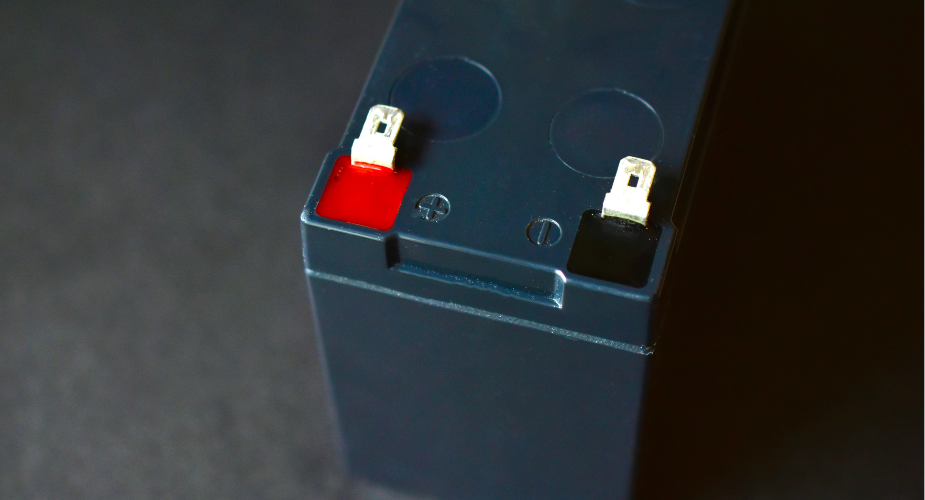Every solar enthusiast knows panels are just part of the equation. The real magic happens when you maximize every drop of sunlight. Enter the MPPT (Maximum Power Point Tracking) charge controller, the unsung hero of solar efficiency. Think of an MPPT controller as your solar array's smart gearbox. It constantly shifts voltage and current to extract up to 30% more power than traditional PWM controllers. In this guide, we'll crack open how MPPT technology works and other things you need to know.
MPPT Solar Charge Controller
How does a MPPT Charge Controller Works
At its core, an MPPT solar charge controller acts like a solar energy detective. It hunts for the perfect balance between voltage (Vmp) and current (Imp) to pull the maximum wattage from your panels. Here's exactly how this smart technology outperforms basic charge controllers:
The Core Technology Behind MPPT
1. Real-Time "Sweet Spot" Tracking
- Solar panels have an ideal operating point (Maximum Power Point, or MPP) where they generate peak power.
- MPPT controllers scan voltage and current 100+ times per second, adjusting resistance to stay locked onto this optimal point.
2. Intelligent DC-DC Conversion
- Panels often operate at higher voltages than batteries (e.g., 40V panel → 12V battery).
- MPPT converts excess voltage into additional current using buck/boost technology, ensuring minimal energy loss.
-
Formula in Action: Power (W) = Voltage (V) × Current (A)
- A 40V/5A panel input (200W) becomes 12V/16.6A output (≈200W) after conversion.
3. Adaptive to Changing Conditions
-
Automatically adjusts for:
- Cloud cover (reduced light intensity)
- Temperature swings (cold boosts voltage, heat lowers it)
- Partial shading (bypasses underperforming panel sections)
Real-World Example: Cloudy Day Performance
Scenario: Your 300W solar array suddenly faces thick clouds, cutting sunlight by 50%.
- PWM Controller: Stays at fixed voltage, harvesting just ~80W (massive power loss).
- MPPT Controller: Detects the new MPP, recalibrates, and still extracts ~140W – 75% more energy from the same conditions.
Why This Matters for Your Solar System
- Wasted Energy Recovery: MPPT recovers power that PWM controllers simply ignore.
- Battery Health: Precise voltage matching prevents over/undercharging.
- ROI Boost: The extra 20-30% daily harvest adds up to hundreds of kWh/year.
MPPT vs. PWM
Choosing between MPPT and PWM charge controllers can make or break your solar system's performance. Here's a detailed breakdown of their key differences to help you decide:
Head-to-Head Comparison
|
Feature |
MPPT |
PWM |
|
Efficiency |
90-98% (Recovers 30%+ more energy) |
60-70% (Loses power in suboptimal conditions) |
|
Cost |
Higher upfront cost ($$$) |
Budget-friendly ($) |
|
System Size |
Ideal for 500W+ systems |
Best for small setups (<200W) |
|
Voltage Flexibility |
Works with higher-voltage panels (e.g., 150V+) |
Requires panel/battery voltage match |
|
Battery Compatibility |
Supports LiFePO4, AGM, gel (smart charging) |
Basic charging (risk of under/overcharging) |
|
Best For |
Cloudy climates, off-grid homes, expanding systems |
Small RV/cabin setups, sunny locations |
When to Choose PWM
- Tiny Systems: A 100W panel for a garden shed or RV fan.
- Stable, Sunny Weather: Minimal shading or temperature swings.
- Tight Budgets: You prioritize low cost over efficiency.
When MPPT is Worth the Investment
- Larger Systems (500W+ solar arrays).
- Cloudy/Shaded Locations (e.g., Pacific Northwest, forest cabins).
- Battery Health Matters: You use expensive LiFePO4 batteries.
- Future Expansion: You plan to add more panels later.
Top Benefits of MPPT Solar Charge Controller
MPPT charge controllers aren't just an upgrade—they're a game-changer for solar power systems. Here's why they deliver unmatched performance and reliability:
1. 30% More Power – Especially in Challenging Conditions
-
Winter/Low-Light Boost: Unlike PWM controllers, MPPT technology extracts every available watt even in suboptimal sunlight.
- Example: A 400W solar array with PWM might harvest only 280W on a cloudy day, while MPPT can pull 360W+.
- Voltage Flexibility: Handles higher panel voltages (e.g., 60V, 100V, or 150V+), reducing energy loss in long wire runs.
2. Smarter Battery Health & Compatibility
-
Precision Charging: Adjusts voltage/current to match your battery type (LiFePO4, AGM, gel, etc.), preventing:
- Overcharging (extends battery lifespan)
- Undercharging (avoids sulfation in lead-acid batteries)
- Multi-Stage Charging: Bulk → Absorption → Float cycles optimize battery capacity.
3. Future-Proof Scalability
- Supports Panel Expansion: Easily add more solar panels without replacing the controller (unlike PWM's rigid limits).
- High-Voltage Arrays: Allows wiring panels in series for long-distance setups (e.g., off-grid cabins).
When You Need More Than Just an MPPT: The Power Pod Solution
For larger energy demands—like whole-home backup or off-grid living—an MPPT controller alone may not be enough. This is where a power pod like the Nature's Generator Powerhouse Power Addition Plus becomes essential.
Why Add a Power Pod?
-
Massive Capacity Expansion:
- Adds 2,000W output and 2,000Wh capacity to your system.
- Stackable design lets you scale up to 6,000Wh.
-
Seamless Solar Integration:
- Works with your existing MPPT controller for max solar harvesting.
-
All-Weather Reliability:
- IP65 waterproof rating for outdoor use.
- Quiet, emission-free power vs. gas generators.
Ideal Scenario:
Your off-grid cabin runs on a 2,000W solar array with an MPPT controller, but you add a Power Pod to:
- Store excess energy for nighttime/cloudy days.
- Power heavy appliances (fridge, tools, AC) during peak demand.
- Create a modular system that grows with your needs.
Conclusion
Upgrading to an MPPT charge controller is one of the smartest investments you can make for your solar power system. By dynamically tracking your panels maximum power point (MPP), MPPT technology delivers 30% more energy than basic PWM controllers—especially crucial in cloudy weather, partial shade, or extreme temperatures.



